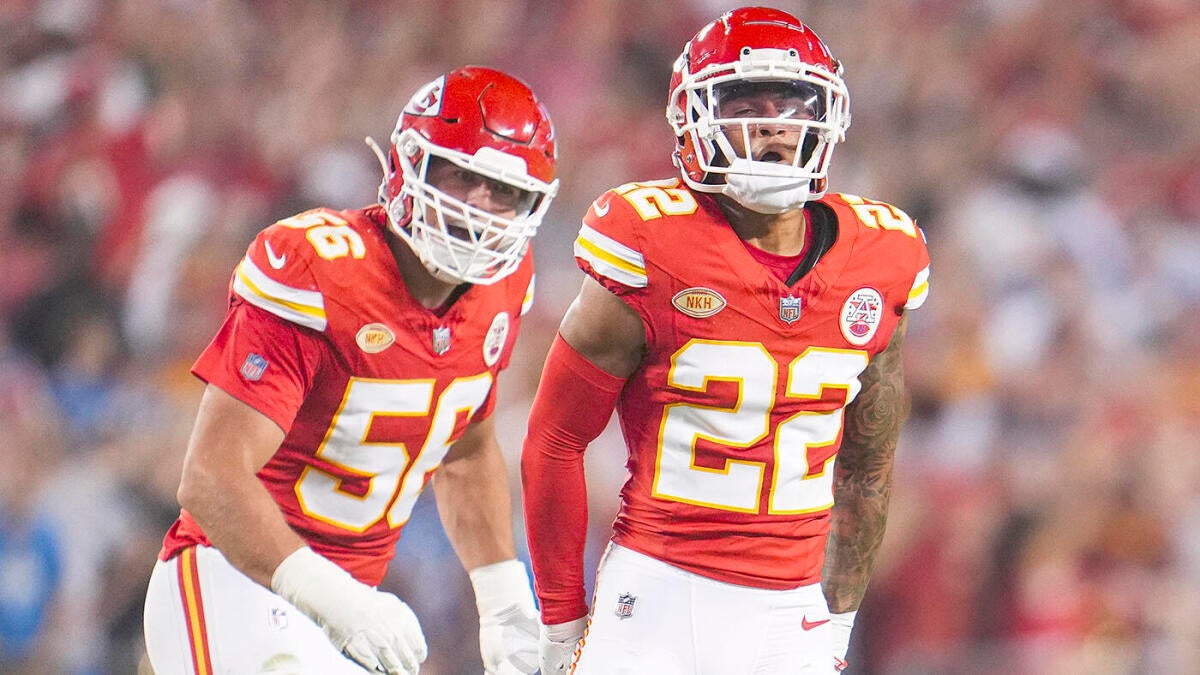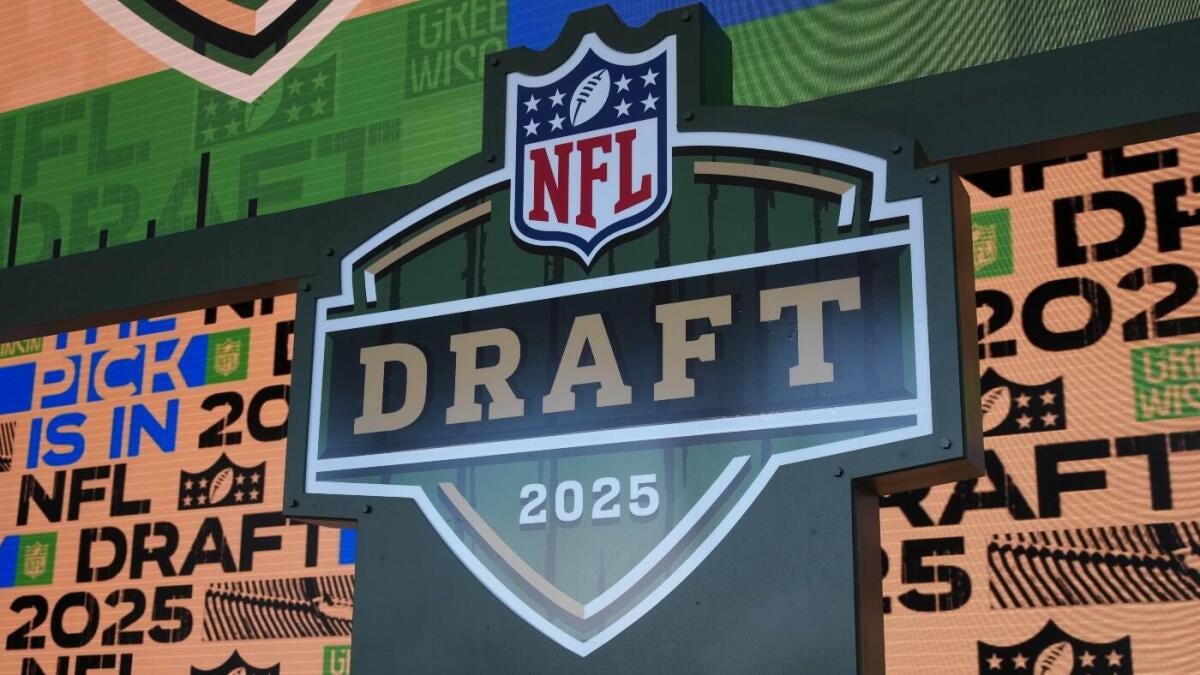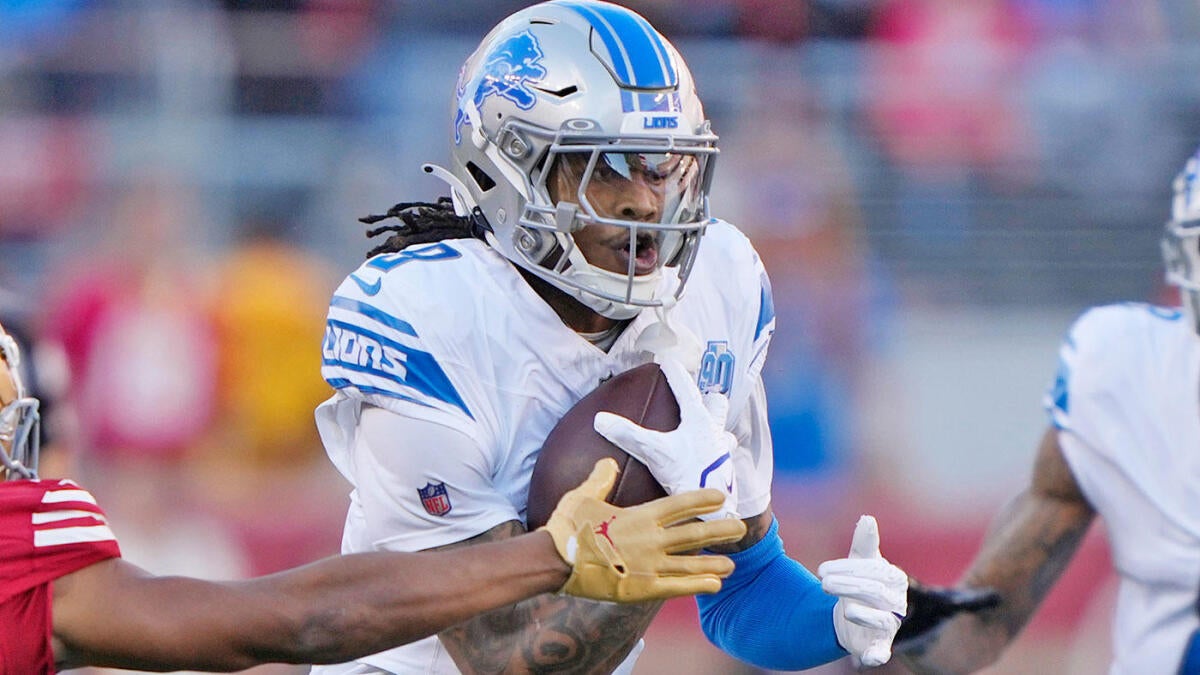
Every athlete faces moments when the game is on the line. Your heart pounds, palms sweat, and suddenly that basketball shot you’ve made thousands of times feels different. High-pressure situations in sports aren’t just physical challenges—they’re mental battles that can make champions or break contenders.
The difference between choking and thriving under pressure comes down to how you manage your mental state, not your physical abilities. Top athletes don’t necessarily have better skills than everyone else; they’ve just mastered their mindset when stakes are highest. This is especially true in basketball, where single possessions can determine championships.
Your breathing is your secret weapon. When pressure mounts during a crucial game situation, focusing on slow, deep breaths can calm your nervous system and keep you present. Many pro basketball players have specific breathing routines they use during free throws or before important plays—a simple technique that separates consistent performers from those who fold when it matters most.
Mastering the Psychology of Competition
The mental game separates champions from challengers. Your psychological approach to high-pressure situations directly impacts your performance when it matters most.
Developing Resilience
Resilience isn’t something you’re born with—it’s a skill you build. Think of it as mental armor that helps you bounce back from setbacks.
Start by reframing failures as learning opportunities. When you miss that game-winning shot, don’t dwell on it. Ask yourself: “What can I take from this moment?” Create artificial pressure in practice. Have teammates distract you or add consequences for missed shots. This desensitizes your brain to stress over time.
Develop a short memory for mistakes. The best competitors don’t let one bad play affect the next. They compartmentalize and move forward. Use positive self-talk. Replace “I can’t handle this pressure” with “I’ve prepared for this moment.” Your internal dialogue shapes your reality on the court.
Strengthening Cognitive Abilities
Your brain is your most valuable asset in competition. Train it like you train your body. Practice decision-making under fatigue. Run drills at the end of practice when you’re tired. This simulates game situations when your mind wants to check out.
Improve your focus with specific exercises. Try following a moving object with your eyes for 30 seconds without getting distracted. Do this daily. Visualize success in detail. See yourself performing well in high-pressure situations. Your brain doesn’t always distinguish between imagination and reality.
Develop your game IQ by watching film. Don’t just observe—actively predict what will happen next. This builds your pattern recognition skills.
Practicing Mindfulness for Composure
Mindfulness is your secret weapon for staying composed when everyone else falls apart. Start with simple breathing techniques. Try the 4-7-8 method: inhale for 4 counts, hold for 7, exhale for 8. Use this between plays to reset your nervous system.
Create pre-performance routines. These act as mental triggers that put you in the right headspace. Keep them consistent and brief. Practice being present. During timeouts, focus only on what’s happening now—not the last play or what might happen next.
Use physical anchors to regain focus. Touch your wristband or take a specific number of dribbles before a free throw. These small actions can center your mind instantly.
Advanced Preparation Strategies
Being great under pressure isn’t just about talent—it’s about preparation. The right strategies before game day can transform your performance when stakes are high.
Simulating High-Pressure Environments
Create practice scenarios that mimic real game pressure. Start by adding distractions during training—like noise, spectators, or even deliberately uncomfortable conditions. Time your drills to create urgency. A countdown clock adds instant pressure to any practice situation. Ten seconds left on the shot clock? Five seconds to make a decision? These scenarios train your brain to perform under constraint.
Add consequences to practice. Not punishment, but accountability. Maybe the losing team runs extra sprints, or winners get first choice of recovery options. This teaches your body and mind to manage the biological stress response.
Pro teams use crowd noise simulations before away games. You can use audio tracks or have teammates create distractions during your focused moments. Similarly, tools like Battlelog offer immersive environments and real-time performance feedback for gamers and athletes alike, helping you condition your mind to remain calm and decisive when the pressure spikes.
Focused Practice Sessions
Quality trumps quantity when preparing for pressure moments. Identify your 3-5 most crucial game situations and dedicate targeted practice time to them. Break complex skills into smaller components. Master each piece individually before combining them under pressure conditions. This builds true confidence based on proven ability.
Use the “pressure ladder” approach. Start with low-stakes practice, then gradually increase difficulty and consequences. Your comfort zone expands with each successful step up. Track your performance metrics in these sessions. Data doesn’t lie—seeing improvement in numbers builds genuine self-belief that withstands game pressure.
Mental Rehearsal Techniques
Visualization is non-negotiable for pressure preparation. Spend 10 minutes daily imagining yourself succeeding in specific high-pressure scenarios. Create a detailed mental movie—feel the tension, hear the crowd, see the opponents. Your brain doesn’t fully distinguish between vivid imagination and reality, so this builds neural pathways for success.
Develop pressure cues and anchors. A deep breath, a physical gesture, or a specific phrase can trigger your optimal performance state. Practice these deliberately during training. Use breathing techniques like box breathing (4 counts in, 4 counts hold, 4 counts out, 4 counts hold). This controls your heart rate and reduces anxiety during crucial moments.
Pre-write your mental script for tough situations. Know exactly what you’ll think when pressure hits. Replace automatic negative thoughts with productive focus points.
In-Game Decision Making Under Pressure
When the stakes are high, your ability to make quick, smart choices determines success or failure. Good decision-making under pressure combines mental preparation with practical techniques anyone can learn.
Maintaining Control During Critical Moments
Stay calm by using deep breathing when pressure mounts. Take three slow breaths before making big decisions – this gives your brain oxygen and stops panic.
Use positive self-talk to manage your mindset. Replace thoughts like “I’m going to mess up” with “I’ve practiced for this moment.” Your brain believes what you tell it. Set clear objectives before high-pressure situations. Having a specific goal helps cut through chaos when everything feels overwhelming.
Practice visualization daily. Picture yourself making good choices in tough spots. This creates mental pathways your brain will follow automatically when real pressure hits. Develop a pre-decision routine. Even a simple three-second pause can prevent impulsive choices you’ll regret later.
Tactical Adjustments on The Fly
Know your options before pressure hits. The best players prepare multiple strategies and can switch between them without hesitation.
Focus on what you can control. In high-pressure moments, direct your attention to immediate actions rather than worrying about the outcome.
Use small wins to build momentum. Break down big challenges into manageable steps and celebrate each successful decision.
Watch for patterns in gameplay. Even under pressure, look for recurring situations you can exploit with prepared responses.
Trust your practice. Your body remembers what you’ve trained it to do, so let muscle memory take over in critical moments.
Simplify your decision tree when under extreme pressure. Having 2-3 solid options beats freezing up trying to find the perfect move.
Go to Source
Author: Team Dunkest
April 29, 2025 | 6:45 am


































